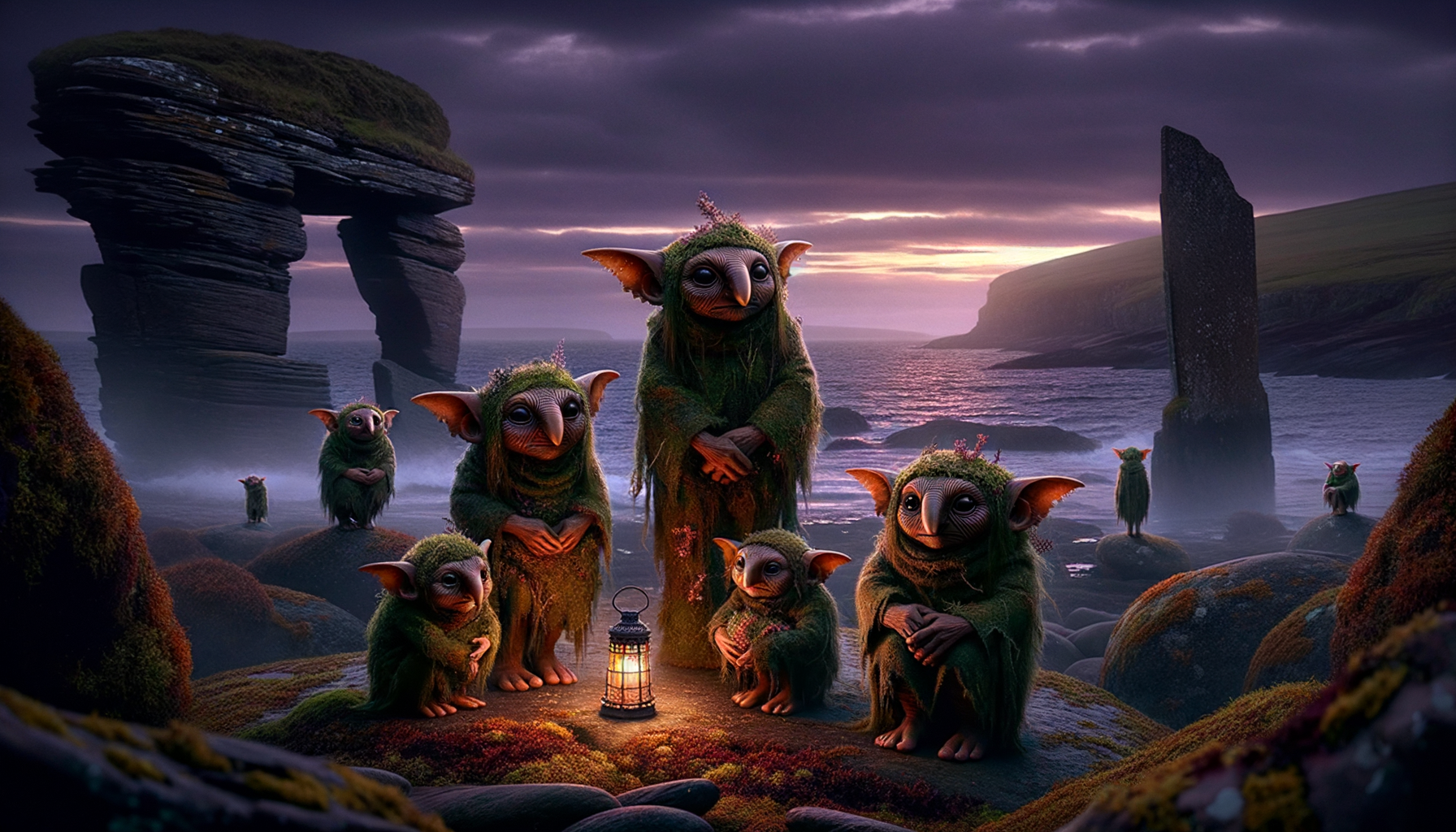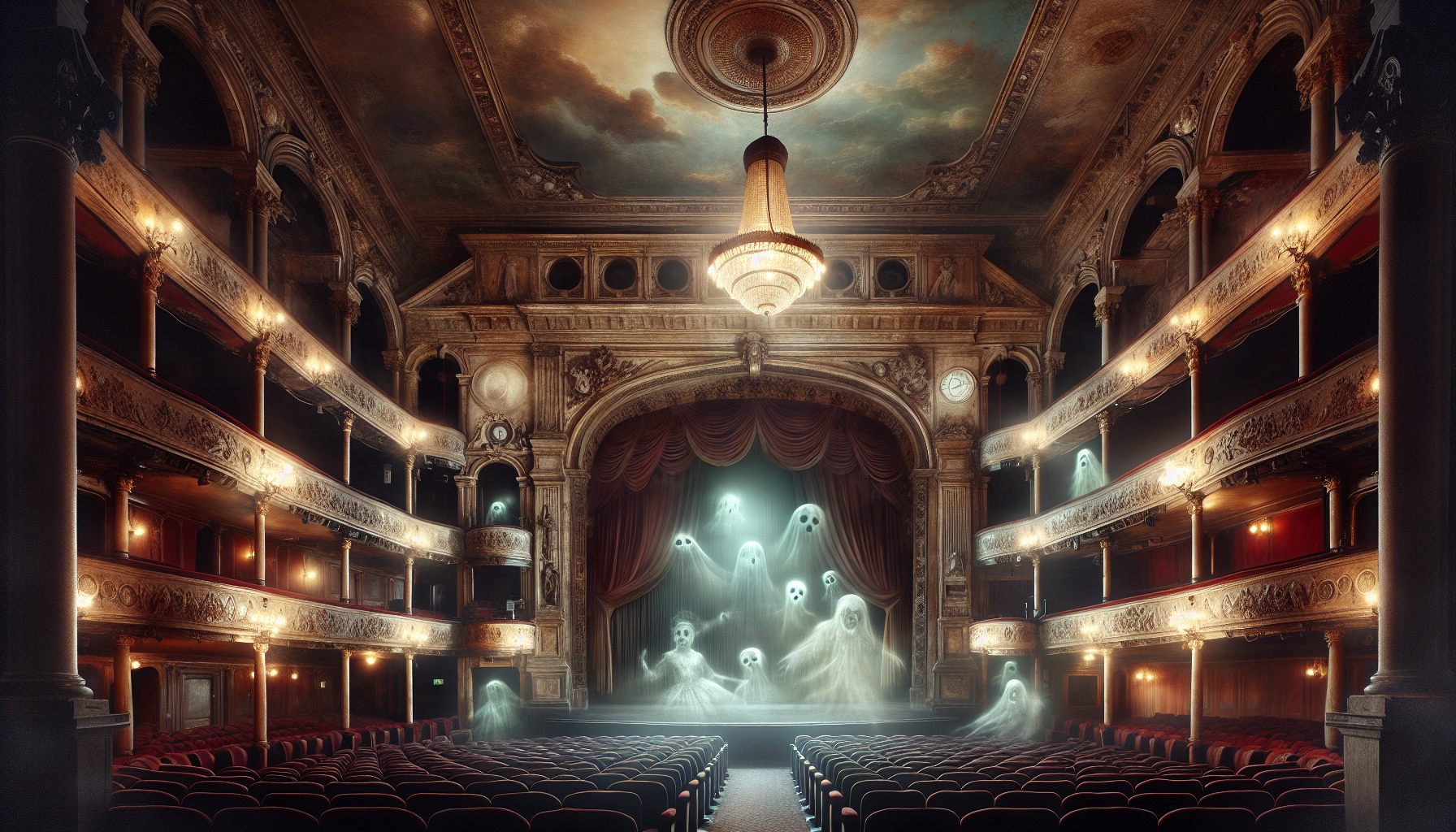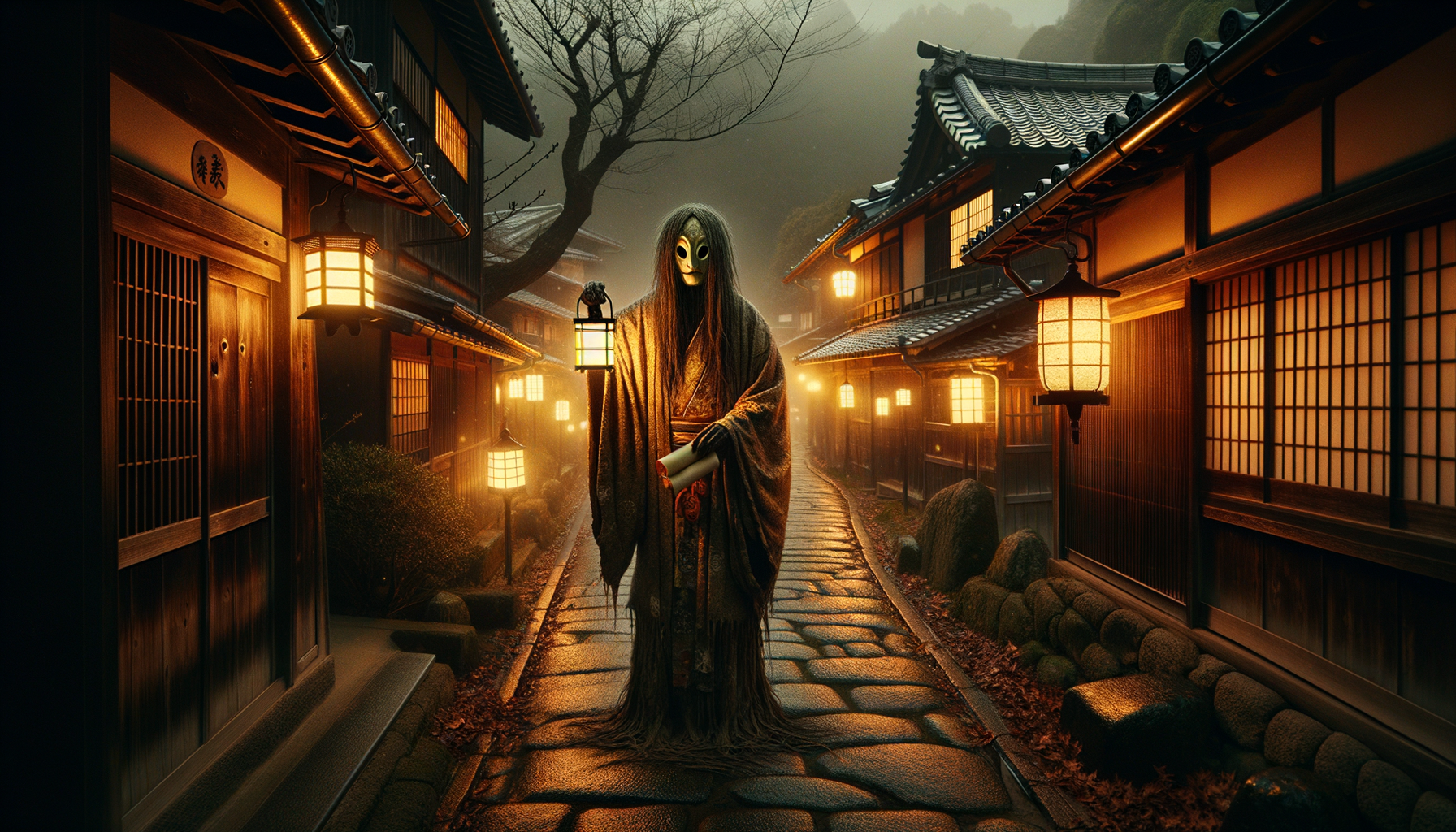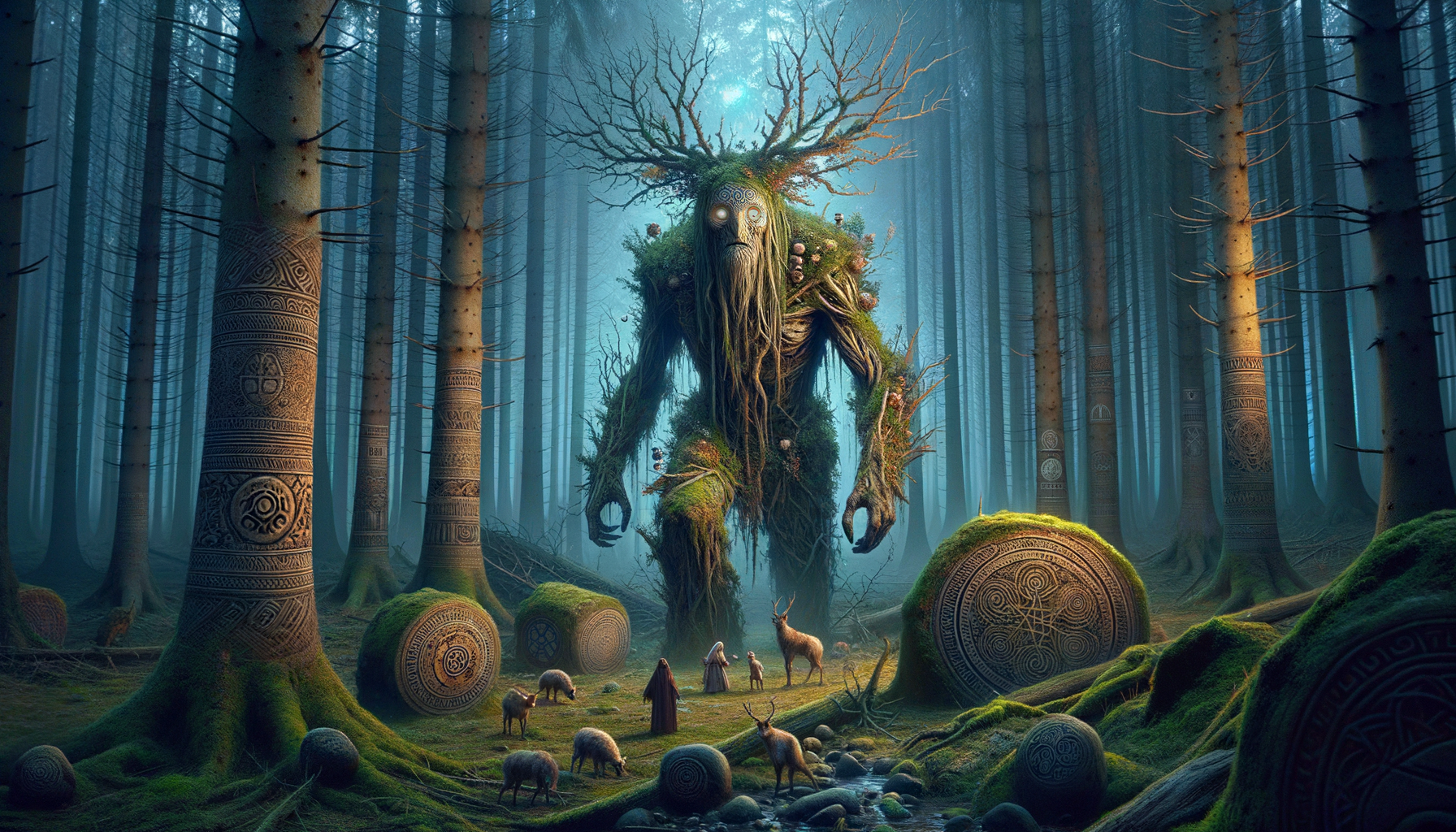Ever wondered about the mysterious beings lurking in the folklore of Orkney? How about the mischievous Orcadian trows? These elusive creatures have sparked the imaginations of many, blending myth and reality. Join us on a journey to unravel the lore and legends surrounding the trows, and why they still capture our fascination in 2024. Did you know that some locals claim sightings as recent as last year? Let’s explore the world of the trows!
Origin of Orcadian Trows
Historical Context
When we look at the historical context, Orcadian trows have roots that stretch far back into the past. Ancient texts describe these creatures vividly, often portraying them as mischievous and malevolent beings. Interestingly, there’s a strong connection to Scandinavian folklore, suggesting that the tales of trows may have traveled with Norse settlers who came to Orkney. This blending of cultures enriched the local mythology, embedding trows firmly in the island’s storytelling traditions.
Etymology
The word “trow” itself has fascinating origins. In old Norse, “troll” referred to supernatural beings, while in Scots, “trow” came to denote a similar concept. Over the centuries, the term evolved, adapting to the local dialects and storytelling needs of the Orkney Islands. This linguistic journey mirrors the cultural shifts that have shaped Orkney’s folklore.
Mythological Background
Trows share similarities with other European mythical creatures, such as trolls and goblins. However, they hold a unique place in Orkney’s storytelling traditions. Unlike their continental counterparts, trows are deeply woven into the fabric of local narratives, often serving as cautionary figures or embodiments of nature’s untamed aspects.
Physical Appearance and Characteristics
Common Descriptions
In local stories, trows are depicted in various ways. Some tales describe them as small, ugly beings with misshapen features, while others portray them as more human-like but still distinctly otherworldly. There are also notable differences between male and female trows; male trows are often depicted as more aggressive and hideous, whereas female trows might be slightly more benign but still eerie.
Magical Abilities
Trows are not just physically distinctive; they are also endowed with magical abilities. They are often said to possess the power of invisibility and the ability to shape-shift into different forms. These supernatural traits make them formidable and unpredictable, adding to their mystique. Other powers attributed to trows include controlling the weather and casting spells to bewilder humans.
Behavior and Habits
Trows are notorious for their night-time activities and mischief. They are believed to come out after dark, causing trouble for humans and animals alike. Stories abound of trows stealing livestock, leading travelers astray, or causing household disturbances. Interaction with humans is usually fraught with peril, as trows are rarely benevolent.
Famous Trow Tales and Legends
Popular Stories
Several tales stand out in the rich tapestry of trow lore. The Trow of Hildaland tells of a mysterious creature inhabiting a hidden island, while The Farmer and the Trow explores the uneasy relationship between humans and these supernatural beings. These stories are not just entertainment; they are imbued with cultural significance and moral lessons.
Cultural Significance
Trow tales often carry moral lessons, warning against greed, disrespect for nature, or hubris. These narratives have influenced modern Orkney literature and arts, inspiring contemporary writers and artists to explore and reinterpret these ancient myths.
Oral vs. Written Tradition
The way these stories have been passed down through generations is also fascinating. Oral tradition has kept the trow tales alive, allowing them to evolve with each retelling. However, written versions of these stories sometimes differ significantly, offering a more static but richly detailed account of trow lore.
Modern Day Sightings and Interpretations
Recent Reports
In recent years, there have been several eyewitness accounts of trow sightings. These reports are often met with a mixture of skepticism and belief by the local community. Some see them as genuine encounters with the supernatural, while others view them as manifestations of psychological or sociological phenomena.
Scholarly Interpretations
Scholars have offered various interpretations of trow sightings. Some suggest they could be explained by psychological factors, such as the human tendency to project fears and anxieties onto mythical creatures. Others propose sociological explanations, considering the role of trow stories in maintaining social norms and cultural identity. Scientific perspectives often attribute trow sightings to natural phenomena or misinterpretations of ordinary events.
Cultural Impact
Despite—or perhaps because of—their elusive nature, trows continue to hold a place in modern Orkney culture. They feature in local festivals, tourism initiatives, and even educational programs, serving as a link between the past and present. The presence of trows in contemporary life underscores their enduring appeal and the rich cultural heritage of the Orkney Islands.
Conclusion
Orcadian trows continue to be an important part of Orkney’s rich folklore, adding a touch of magic and mystery to the islands. From their ancient Norse roots to modern-day sightings, these mythical beings capture our imaginations and remind us of the power of storytelling. Curious to learn more? Dive into Orkney’s myths and discover the enchantment that lies within. Whether you’re a folklorist, a history enthusiast, or just someone who loves a good story, there’s always something fascinating to uncover about the trows!




